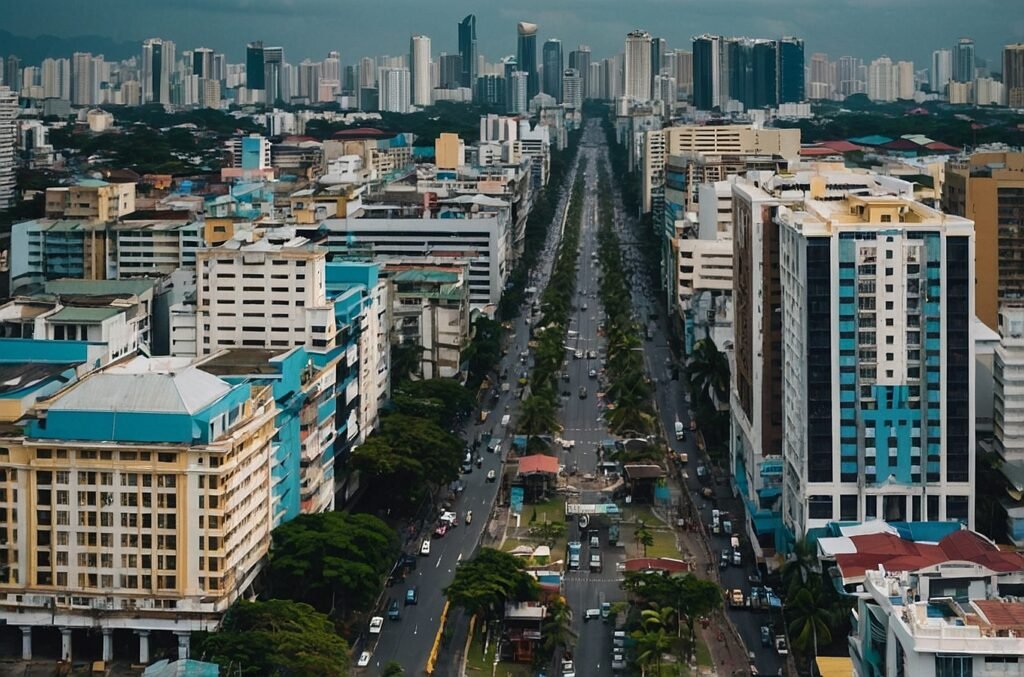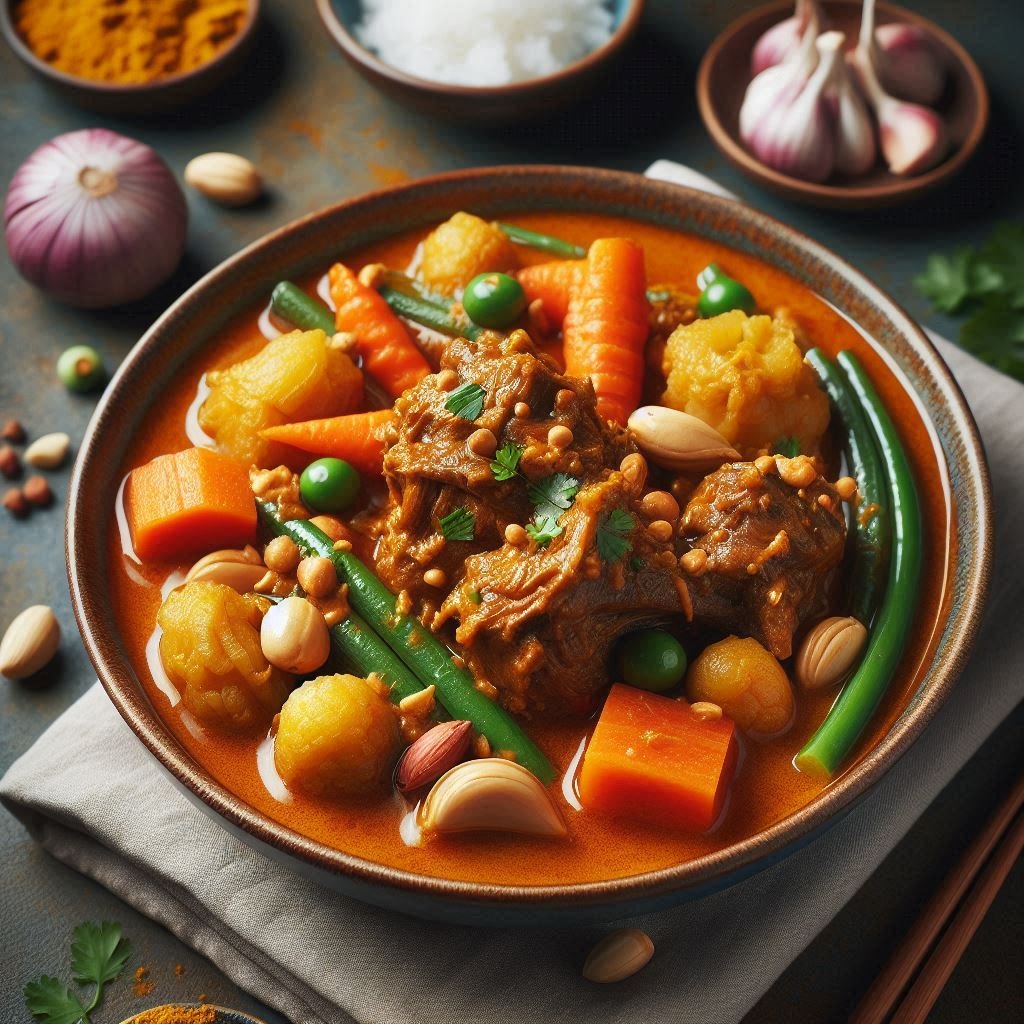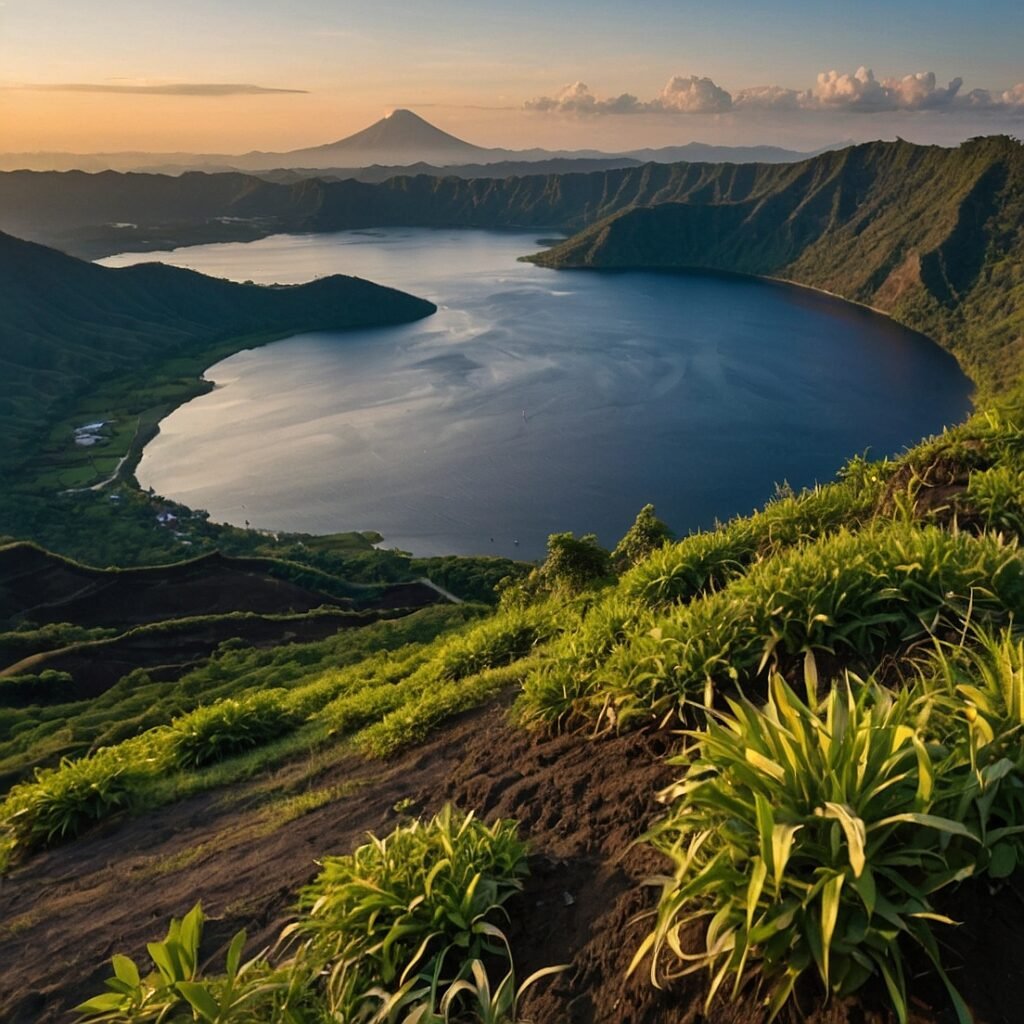Welcome to Manila, the bustling capital of the Philippines! This vibrant metropolis is a fascinating blend of old-world charm and modern sophistication. Nestled along the eastern shores of Manila Bay, this city has been a melting pot of cultures for centuries, earning it the nickname “Pearl of the Orient.” From its rich colonial history to its contemporary skyscrapers, Manila offers a unique experience that captivates visitors from around the globe. In this blog post, we’ll take you on a journey through the heart of this dynamic city, exploring its history, culture, cuisine, and modern attractions. Whether you’re a history buff, a foodie, or a urban explorer, Manila has something special in store for you. So, fasten your seatbelts as we dive into the exciting world of Manila!
A Journey Through Time: Manila’s Rich History
From Ancient Settlements to Spanish Colonial Era
Manila’s story begins long before the arrival of European colonizers. Archaeological evidence suggests that the area was inhabited as early as 3000 BC. However, it was during the 16th century that Manila truly began to take shape as we know it today. In 1571, Spanish conquistador Miguel López de Legazpi established Manila as the capital of the Spanish East Indies. This marked the beginning of a 333-year period of Spanish colonial rule that would profoundly shape the city’s culture, architecture, and way of life.
The Spanish built the famous walled city of Intramuros, which became the seat of political and religious power in the Philippines. Within its stone walls, magnificent churches, government buildings, and residences were constructed, many of which still stand today. The influence of Spanish culture can be seen in everything from the local language (which incorporates many Spanish words) to the dominance of Catholicism in Filipino society.
American and Japanese Occupation
The turn of the 20th century brought significant changes to Manila. After the Spanish-American War in 1898, the Philippines came under American rule. The Americans introduced a new education system, improved infrastructure, and implemented urban planning that would shape Manila’s development for decades to come. They established new neighborhoods like Ermita and Malate, which became centers of commerce and entertainment.
However, World War II brought devastation to Manila. The city suffered heavy damage during the Japanese occupation and the subsequent battle for liberation. The Battle of Manila in 1945 was one of the fiercest urban battles of World War II, leaving much of the city in ruins. Despite this, Manila’s resilient spirit prevailed, and the city began to rebuild and modernize in the post-war years.
Post-Independence Manila
After gaining independence in 1946, Manila entered a new era of growth and development. The city expanded rapidly, absorbing surrounding municipalities and evolving into the sprawling metropolis we see today. Modern skyscrapers began to rise alongside colonial-era buildings, creating a unique architectural landscape that tells the story of Manila’s journey through time.
The Cultural Mosaic of Manila
A Melting Pot of Influences
One of Manila’s most captivating aspects is its rich cultural tapestry. The city’s long history of foreign influences, combined with its indigenous roots, has created a unique cultural identity. You can see this blend in the local cuisine, which incorporates elements of Spanish, Chinese, and American cooking with traditional Filipino flavors. The result is a gastronomic experience unlike any other, from the savory adobo to the sweet halo-halo.
Festivals and Celebrations
Manila’s vibrant spirit truly comes alive during its numerous festivals and celebrations. The Feast of the Black Nazarene, held every January, draws millions of devotees in a spectacular display of faith and tradition. The colorful Manila Carnival, revived in recent years, harks back to the early 20th century and showcases the city’s artistic talents. These events, along with many others throughout the year, offer visitors a chance to immerse themselves in Manila’s lively culture.
Arts and Entertainment
The city boasts a thriving arts scene, with numerous galleries, theaters, and museums. The National Museum of the Philippines, housed in a beautiful Neoclassical building, offers a comprehensive look at Filipino art and history. For contemporary art lovers, the Pinto Art Museum in nearby Antipolo provides a stunning collection of modern Filipino artwork in a unique hillside setting.
Manila’s entertainment scene is equally diverse. From traditional performances of indigenous dances to modern concerts and theater productions, there’s always something happening in the city. The Cultural Center of the Philippines, a landmark of modern architecture, hosts a wide range of performances throughout the year.
Manila’s Culinary Delights
Street Food Paradise
No visit to Manila is complete without indulging in its incredible street food scene. From the savory fishballs and kwek-kwek (battered quail eggs) to the sweet turon (banana spring rolls), Manila’s streets are a foodie’s paradise. Don’t miss the chance to try balut, a fertilized duck egg that’s considered a delicacy (and a test of courage for many visitors!).
World-Class Dining
While street food is a must-try experience, Manila also offers a range of high-end dining options. The city has seen a surge in innovative restaurants in recent years, with talented chefs putting modern twists on traditional Filipino cuisine. From farm-to-table concepts to fusion restaurants blending local and international flavors, Manila’s culinary scene is more exciting than ever.
Local Markets and Food Tours
For a truly immersive culinary experience, consider taking a food tour or visiting one of Manila’s bustling markets. The Quiapo Market is a sensory overload of sights, sounds, and smells, offering everything from fresh produce to local delicacies. Guided food tours are an excellent way to discover hidden gems and learn about the stories behind Manila’s favorite dishes.
Modern Manila: A City on the Rise
Economic Hub of the Philippines
Today, Manila stands as the economic powerhouse of the Philippines. The city, along with its surrounding metropolitan area (Metro Manila), is home to the country’s major financial institutions, multinational corporations, and government offices. The skyline of Makati and Bonifacio Global City, with their gleaming skyscrapers, is a testament to Manila’s economic vitality.
Here’s a quick look at some key economic indicators for Manila:
| Indicator | Value |
|---|---|
| GDP (Metro Manila, 2022) | ₱6.05 trillion (approx. $108 billion USD) |
| GDP Growth Rate (2022) | 7.4% |
| Major Industries | Services, Manufacturing, Tourism |
| Unemployment Rate (2022) | 6.6% |
Infrastructure and Urban Development
Manila has been undergoing significant infrastructure improvements in recent years. The expansion of the city’s mass transit system, including the Light Rail Transit (LRT) and Metro Rail Transit (MRT), has made getting around the sprawling metropolis easier. Major road projects and the construction of new bridges across the Pasig River are helping to alleviate the city’s notorious traffic congestion.
Urban renewal projects are also transforming parts of the city. The rehabilitation of the Pasig River and the development of riverside parks and walkways have created new public spaces for residents and visitors alike. The ambitious Manila Bay rehabilitation project aims to clean up the iconic bay and develop its shoreline into a world-class recreational area.
Technology and Innovation
Manila is increasingly positioning itself as a hub for technology and innovation in Southeast Asia. The city has seen a boom in tech startups, co-working spaces, and innovation centers. The government’s push for digital transformation has led to improvements in e-governance and smart city initiatives. With a young, tech-savvy population and improving digital infrastructure, Manila is poised to play a significant role in the region’s digital economy.
Exploring Manila’s Neighborhoods
Intramuros: The Walled City
Step back in time as you explore Intramuros, Manila’s historic walled city. This 0.67 square kilometer area is a living museum of Spanish colonial architecture. Key attractions include:
- Fort Santiago: A citadel that played a crucial role in the country’s history
- San Agustin Church: The oldest stone church in the Philippines, a UNESCO World Heritage site
- Casa Manila: A museum showcasing colonial lifestyle and architecture
Tip: Take a guided tour on a horse-drawn kalesa for a truly immersive experience.
Binondo: The World’s Oldest Chinatown
Established in 1594, Binondo is the oldest Chinatown in the world. This bustling district is a feast for the senses, offering:
- Authentic Chinese cuisine at hole-in-the-wall restaurants
- Traditional Chinese medicine shops and temples
- Vibrant street markets selling everything from fresh produce to lucky charms
Don’t miss the opportunity to try some xiao long bao (soup dumplings) or hopia (bean-filled pastries) while exploring this lively neighborhood.
Makati: The Financial District
Makati is Manila’s sleek and modern face, home to:
- Towering skyscrapers housing multinational corporations
- Upscale shopping malls like Greenbelt and Glorietta
- A thriving nightlife scene in areas like Poblacion
For art enthusiasts, the Ayala Museum offers an excellent collection of Filipino art and historical artifacts.
Bonifacio Global City (BGC): The New Urban Center
BGC represents Manila’s future, with its:
- Carefully planned streets and modern architecture
- High-end residential developments and office spaces
- Numerous parks and public art installations
Take a stroll down High Street for some shopping, or visit the Mind Museum for an interactive science experience.
Practical Tips for Visiting Manila
Best Time to Visit
Manila has a tropical climate with two main seasons:
- Dry Season (November to April): Ideal for sightseeing, with less rainfall and cooler temperatures.
- Wet Season (May to October): Characterized by frequent rainfall and occasional typhoons.
The best time to visit is typically from December to February when temperatures are cooler and rainfall is minimal.
Getting Around
Manila’s traffic can be challenging, but there are several transportation options:
- Grab (ride-hailing app): Convenient and widely used
- LRT and MRT: Efficient for longer distances, though can be crowded during peak hours
- Jeepneys and buses: Cheap but can be confusing for first-time visitors
- Walking: Feasible in some areas, but be cautious of heat and air quality
Safety Tips
While Manila is generally safe for tourists, it’s always wise to take precautions:
- Be aware of your surroundings, especially in crowded areas
- Use reputable transportation services, especially at night
- Keep valuables secure and be discreet with expensive items
- Stay hydrated and protect yourself from the sun
Manila’s Enduring Charm
As we conclude our journey through Manila, it’s clear that this city is much more than just the gateway to the Philippines’ beautiful islands. It’s a destination in its own right, offering a unique blend of historical depth and modern dynamism. From the centuries-old walls of Intramuros to the cutting-edge architecture of BGC, Manila tells a story of resilience, diversity, and constant evolution.
The city’s rich cultural tapestry, woven from indigenous traditions and foreign influences, creates an atmosphere that’s both familiar and exotic. Its culinary scene tantalizes the taste buds with a mix of street food delights and world-class dining experiences. And its people, known for their warmth and hospitality, make every visitor feel welcome.
As Manila continues to grow and transform, it remains true to its roots, preserving its heritage while embracing the future. Whether you’re a history enthusiast, a food lover, or a seeker of urban adventures, Manila offers a wealth of experiences that will leave you with lasting memories.
So, pack your bags and prepare for an adventure in the Pearl of the Orient. Manila awaits, ready to surprise, delight, and inspire you with its unique charm and endless possibilities.
Disclaimer: While every effort has been made to ensure the accuracy of the information presented in this blog post, details may change over time. Visitors are encouraged to verify current information before their trip. If you notice any inaccuracies, please report them so we can correct them promptly.




